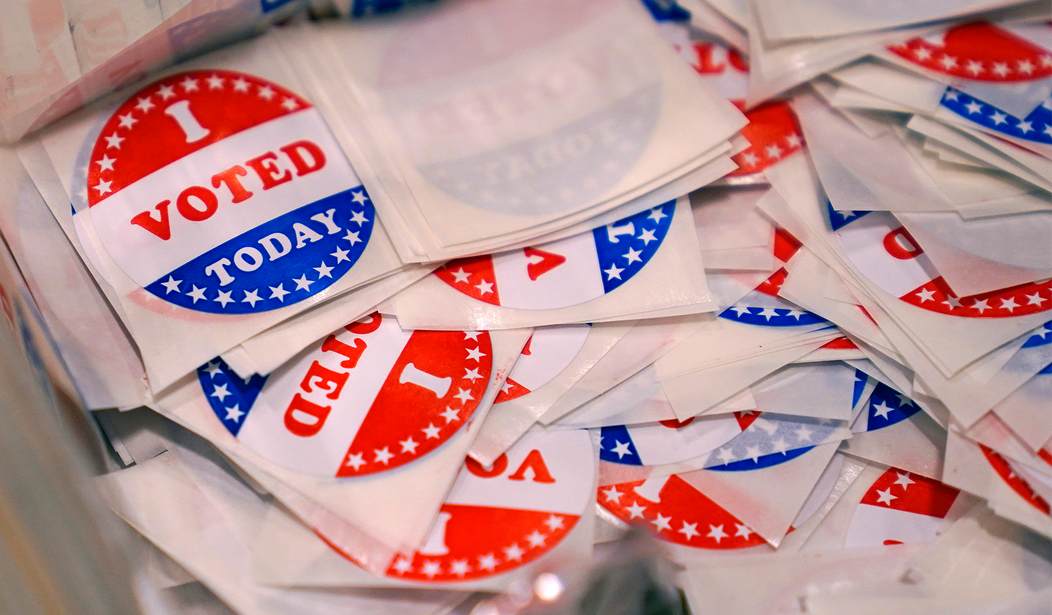More than a week after the first votes began being counted, final results of the 2022 midterm elections were still pouring in, with more than a dozen seats sitting within a razor thin margin for victory. And while control of the U.S. House of Representatives finally seemed clear this week after the most expensive election season in American politics, what has been clear since election night is that the campaign landscape underwent a systemic shift in 2022 that will have significant repercussions for the 2024 Presidential election season which began in earnest this week. The biggest shift in a political season full of surprise twists and turns had less to do with voter angst over former President Trump’s perceived influence over the GOP or President Joe Biden’s flailing polling numbers. Instead, the biggest shift this election season occurred in the living rooms of tens of millions of American households who became totally unreachable by traditional political TV campaigns.
For the first election in more than two generations, a majority of U.S. registered voters report they no longer have access to a traditional cable TV subscription. Voters across the country and in the key battleground states have cut the cord and tuned-out of the primary medium in which most campaigns spend billions of dollars trying to reach voters today. Just 48% of registered voters nationally reported having a traditional cable TV subscription 60 days before the November 8 elections. Independent swing state voters, a voting block that typically determines many election outcomes, were even more elusive to reach. Only 39% of independents in battleground states reported having a traditional cable subscription.
As if these numbers were not bleak enough for traditional TV campaign proponents, an even more complicated outlook for linear advertisers exists heading into the 2024 elections, with one in four voters who are still tuning into linear TV signaling plans to cancel in the next few months.
For races that are decided on the slimmest of margins, the aerial bombardment of traditional TV ads appears to be delivering continually diminishing returns in a political landscape now dominated by cord cutters and younger Gen Z cord nevers. An analysis of two of the most expensive contests in the country highlights the disconnect between spend today and actual voter reach. Samba TV analyzed advertising spend from two of the largest-spending contests in the country and found nearly all of the advertisements (90%) on linear television reached just the same 55% of U.S. registered voter households. The net result of this misalignment in spending resulted in a nearly wall to wall flood of political ads that failed to reach half of the electorate (and nearly two thirds of independents).
Recommended
As we look to the 2024 election cycle that is soon to be fully underway, the takeaways from 2022 are clear. Voter behaviors are shifting. 80% of voters are streamers today. 1 in 2 are totally unreachable by traditional linear TV campaigns. Additionally, younger generations like Gen Z and Millenials are cutting the cord at an even higher rate. Two thirds of Gen Z voters report not having a traditional linear subscription.
By shifting to a strategy that follows voters to the mediums like Connected TV (CTV) where they actually spend most of their time, campaigns not only have an opportunity to reach entirely new swaths of voters on the biggest screen in the home, but they can also significantly advance the ability of those ads to drive direct and measurable outcomes. According to a recent survey conducted by Samba TV and HarrisX, 1 in 3 millennials have clicked on QR codes on their TV screens to make purchases. These younger and more technically-savvy voter populations are looking for ways to connect and go deeper. The alignment of new technology and the advanced adoption by a growing number of voting age adults is enabling TV campaigns to shift from primarily top of the voter funnel advocacy efforts to far deeper performance-driven campaigns like fundraising appeals where a supporter can simply click the remote to make a donation or note their support for a candidate or a cause.
If there is one thing that Republicans and Democrats can agree upon it is this: the future of political ad dollars will continue to shift to streaming.
Streaming will take not only a greater share of the overall TV budget in the next cycle, but precisely because of the performance-driven nature of CTV advertising, it will also compete for budgets from search and social media, marrying the data based targeting and measurement of digital with the powerful creative storytelling of TV. While ad dollars moved to streaming platforms like Hulu late in the cycle, the bombardment tactics of traditional media remained. Campaigns have an opportunity to get much smarter and more granular with how they use CTV in 2024.
In the coming weeks as the fog of the 2022 election clears and we examine each race and the slimmest of margins that determined victory for some campaigns, we will see that those who tossed out the old playbook and embraced new strategies for reaching voters likely had a leg up. This advantage will only grow as we leave the midterm sideshow behind and turn our focus to the main event in 2024.
Dallas is a Senior Vice President for Samba TV, the global leader in television audience technology powering real-time insights and targeting. He was previously head of communications for the Roku platform business and served as a member of President George W. Bush’s communications team.

























Join the conversation as a VIP Member